Abstract. The aim of this paper is to provide a critical overview of sensitivity analyses within input-output techniques applied to energy-related CO2 emissions. A classification of those applications is presented and their main advantages and disadvantages are discussed. It is argued that sensitivity analyses within input-output techniques are very relevant to obtain a “map” of …
December 2011
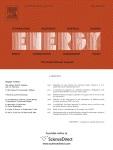
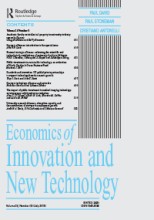
Abstract. We investigate statistically the characteristics, functioning and incidence of pre-emptive patenting, defined as patent filings whose main effect is to hamper the grant of other patents. Patent applications can be used defensively to prevent the grant of exclusive rights over markets and technologies, in order to ensure freedom of operation or keep competitors out of a given…
November 2011
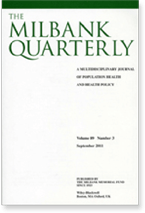
Abstract
Context: Public health researchers make a limited but important contribution to policy development. Some engage with policy directly through committees, advisory boards, advocacy coalitions, ministerial briefings, intervention design consultation, and research partnerships with government, as well as by championing research-informed policy in the media. Nevertheless, the…
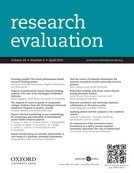
Abstract. In this study we use survival or event history analysis to explore the effect of international mobility, gender and productivity on career development of researchers in CONICET life science research institutes in Buenos Aires. We find support for our hypothesis that various productivity measures can explain the likelihood of promotion. Given the same level of productivity, female…

Abstract. In order to re-categorize the SCImago Journal & Country Rank (SJR) journals based on Scopus, as well as improve the SJR subject classification scheme, an iterative process built upon reference analysis of citing journals was designed. The first step entailed construction of a matrix containing citing journals and cited categories obtained through the aggregation of cited journals.…
October 2011
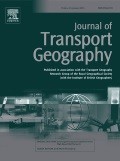
Abstract. Since the 1980s Spain has developed an ambitious road building programme with the construction of approximately 12,000 km of new motorways. This article analyses the factors related to the placement of these new motorways during two distinct planning periods from 1983 to 1993 and 1994 to 2004. Motorway placement strongly followed the existing radial road network dating back as far as…
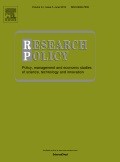
Abstract. This paper presents an analytical framework for the comparative analysis of National Research Systems. We follow evolutionary accounts of the research system in combination with insights from functionalist economics of innovation and organisational theorists. We also illustrate the potential use of this framework by applying it to an analysis of the Chinese research system's…
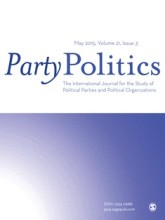
Abstract. This article explains the existence of policy gridlock in systems with divided government, even when there are policies that are universally preferred to the status quo. It is shown analytically that one dimension of party institutionalization (the degree of party-voter discipline) may create incentives for veto players to block policies that, ideologically, they might like. This is the…
September 2011
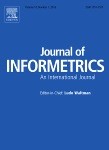
Abstract. This paper analyses relationships between university research performance and concentration of university research. Using the number of publications and their citation impact extracted from Scopus as proxies of research activity and research performance, respectively, it examines at a national level for 40 major countries the distribution of published research articles…
August 2011
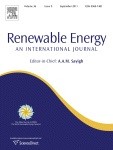
Abstract. An overview is given of research in the major countries of Europe in the area of renewable energies. The analysis used the Scopus (Elsevier) database of scientific literature, calculating bibliometric indices (primary production, average citations per document, percentage variation, SJR, etc.) for the geographical domain of Europe during the period 2002–2007. The aim of the study is to…


